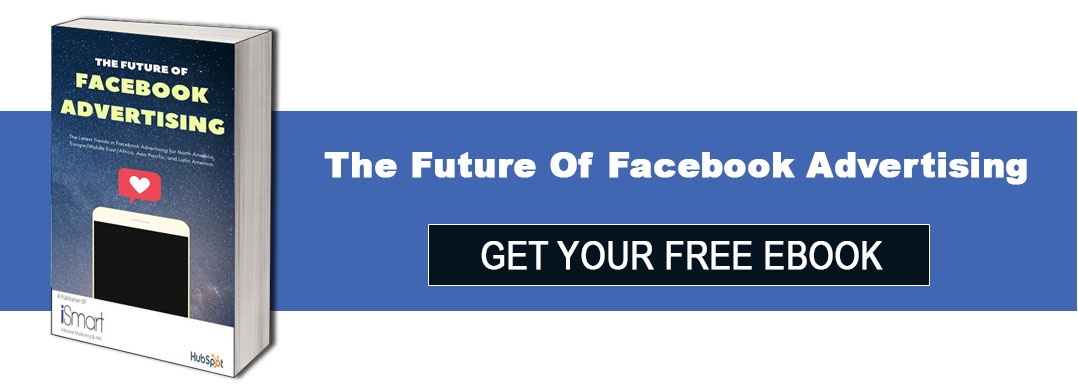
Marketing for Lead Generation or Demand Generation
April 11, 2018
4 Winning Tactics Using Social Media for Lead Generation
April 17, 2018
Marketers who live and breathe inbound marketing are familiar with the complexities involved in formulating a full-fledged inbound marketing strategy.
Inbound marketing demands more than a jack-of-all-trades handyman. You need to be a pro at specific skills – content writing, search engine optimization, social media, website design, conversion rate optimization, pay-per-click, email marketing, the list goes on.
Whether you’re launching a new start-up company or looking for quick ways to revamp your marketing activities, a solid plan can make the difference between treading water and achieving exponential growth.
Having a plan of any kind for your business is always the better option because it sets the tone and framework for a defined process of decision-making and strategic action-taking. It provides a clear vision of how future success looks like to your business. Designing an Inbound marketing plan starts with asking 2 key questions:
- Who is your target audience?
- How do they receive information?
Once you have these answers, you’re ready to start building your marketing plan. Be flexible as you see fit on making some changes to fit your particular products, corporate culture and target audience, but always adhere to the 2 questions.
Let’s go through the marketing plan from the beginning:
- Buyer Personas
The first step in developing the buyer personas starts with understanding your target audiences and their profiles. Unless you’re a niche company targeting a specific target audience with a specialized offering, you probably cater to several different types of buyers. To create these buyer personas, you must discover every aspect of their lives, from their income levels, to their lifestyles and the typical problems they face. If your marketing material do not resonate with the buyers, you can’t succeed in Inbound Marketing.
- Content Calendars
Content is the most important aspect of your Inbound marketing plan. The words, images and videos you choose to represent your company come together to project the right tone and the right information at the right time, depending on who the buyer persona is. The variety of content such as social media postings, blog posts and free downloads are served to generate leads by driving prospects into a marketing funnel.
- Campaign Calendars
Another important piece of your marketing plan is your campaign calendar. In order to keep traffic flowing to your website, leads pouring into your sales funnel, and sales happening on a daily basis, you must keep up with your campaign calendar. When you let a month go by without some sort of offer, you’re letting potential sales slip through your fingers.
- Social Media Strategy
Social media is an integral part of your marketing strategy. Posting or tweeting many times per day is the real formula to simply reach out the target audiences with something new, exciting, fun, and informative. Just remember the point of social media is to be social. You’ll lose any edge you gain if you never respond to or interact with your customers.
- Key Performance Indicators (KPIs)
Regular analysis will help you determine what’s working and what must be tweaked and changed. Dive deep into those numbers, use various filtering methods to see more granular results, and apply the knowledge you gain to future marketing efforts.
Conclusion:
A rolling marketing plan is the best way to manage these various components. Don’t simply throw words at your blog or social media accounts. Plan them. Plan well, plan often, plan smart, and plan patiently. Making the switch from traditional to inbound marketing investments can seem like a leap of faith, but the benefits are indisputable. The sooner you can put this plan into action, the sooner you will be reaping the rewards of inbound marketing – more leads, at a lower cost, generated by a completely scaleable strategy.



